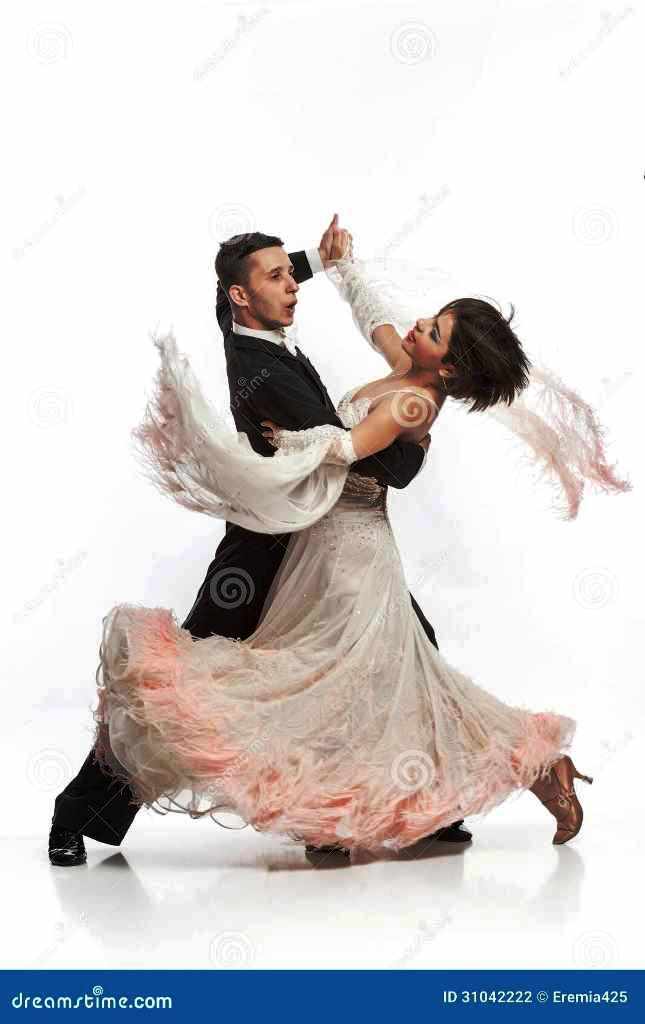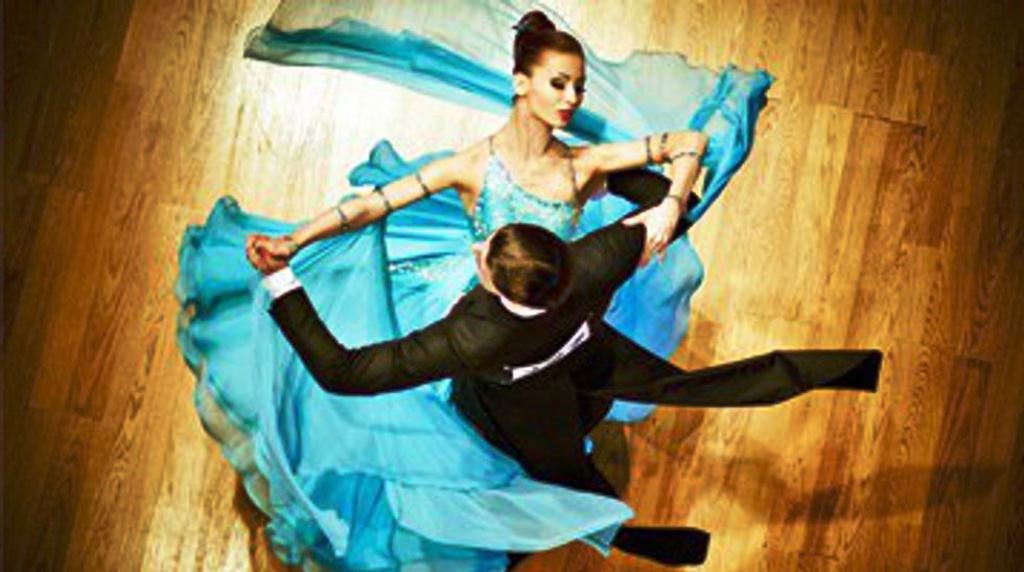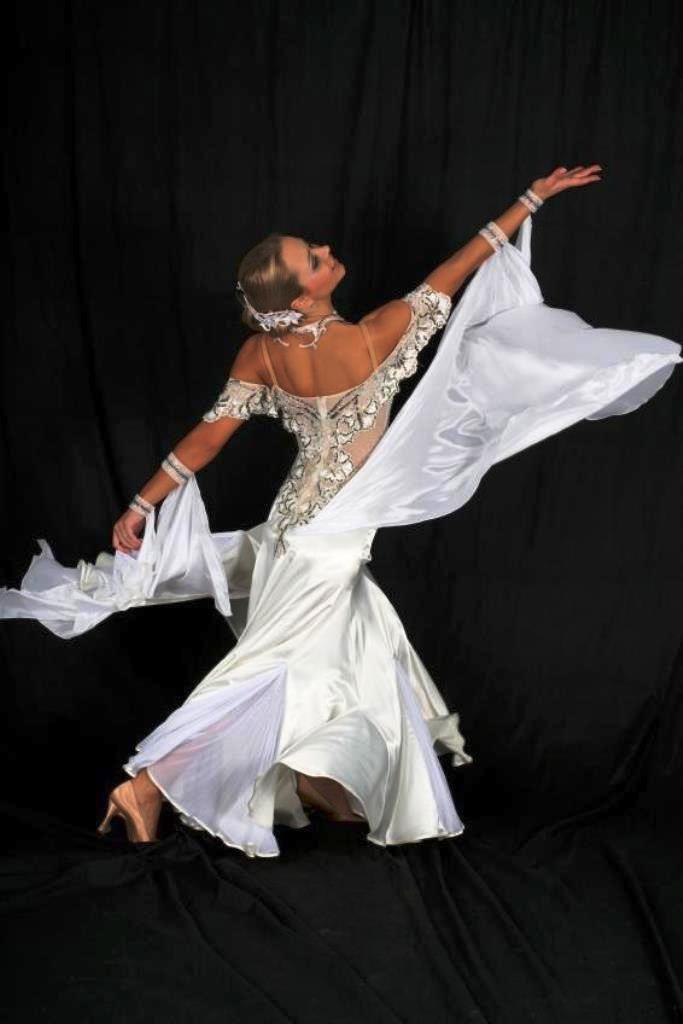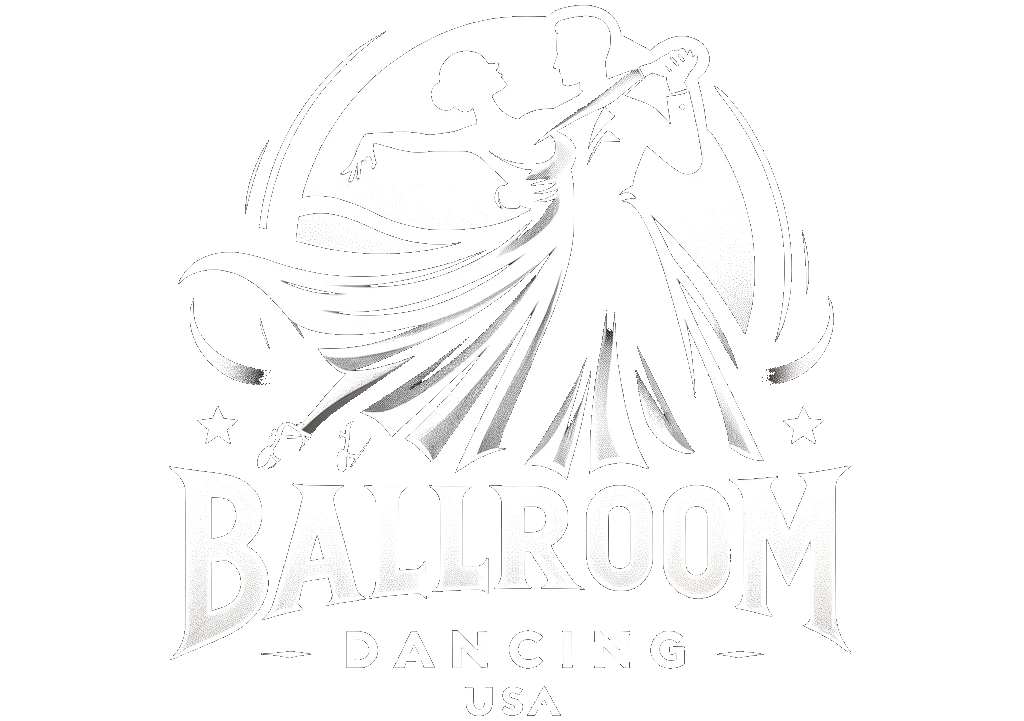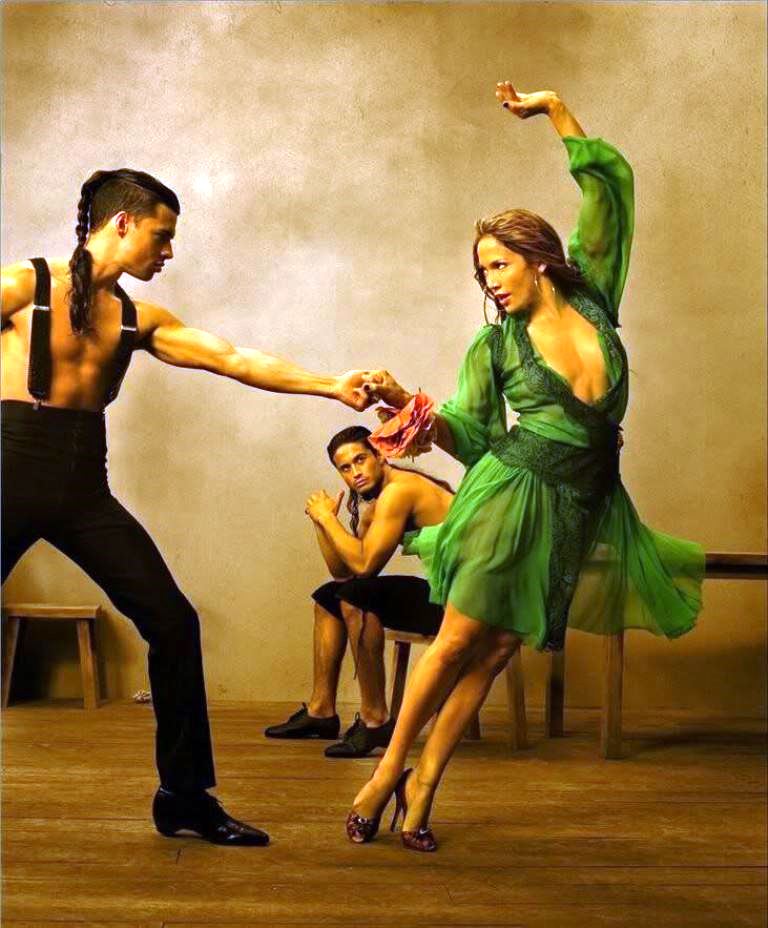
1. Introduction: Exploring the Role of Emotion in Ballroom Dance
Introduction: Exploring the Role of Emotion in Ballroom Dance
Ballroom dancing is a unique form of art that has been around for centuries. It is a form of dance that combines both physical and emotional elements, and it is a great way to express yourself and your feelings. In ballroom dancing, the emotions of the dancers are as important as their physical movements.
The art of ballroom dancing is a combination of grace, passion, and emotion. It is a way to express yourself through movement and music. It is a way to express your feelings and emotions in a creative and meaningful way.
The emotion of ballroom dancing is often overlooked, but it is an important part of the art form. The emotions that are expressed in ballroom dancing can be seen in the way the dancers move, the way they interact with each other, and the way they interact with the music.
The emotions that are expressed in ballroom dancing can be both positive and negative. It is important to be aware of the emotions that you are expressing in your dancing, as it can affect the way the audience perceives your performance. It is also important to be aware of your partner’s emotions, as they can affect the way you interact with them.
Conclusion
Ballroom dancing is a beautiful art form that allows you to express your emotions in a creative and meaningful way. It is a way to express yourself through movement and music, and it is a great way to connect with your partner. Emotions play an important role in ballroom dancing, and it is important to be aware of the emotions that you are expressing in your dancing.
2. History of Ballroom Dance and Emotion
History of Ballroom Dance and Emotion
Ballroom dance has been around for centuries, and throughout its history, it has been used to express emotion. The earliest known ballroom dances were developed in Europe during the Renaissance period, and by the 18th century, they had become popular in the court of the French and English kings.
The Waltz: A Dance of Romance
The most popular ballroom dance of the 18th century was the waltz. This graceful and romantic dance was first performed in Vienna in the late 1700s, and quickly spread throughout Europe. The waltz was seen as a way to express love and romance, and soon became a favorite of the upper classes.
The Foxtrot: A Dance of Sophistication
The foxtrot was developed in the early 1900s, and quickly became the most popular ballroom dance of the time. This sophisticated dance was seen as a way to express grace and elegance. It was particularly popular among the upper classes, and was often used to show off one’s social status.
The Tango: A Dance of Intimacy
The tango was developed in Argentina in the late 1800s, and quickly spread to Europe and the United States. This passionate and intimate dance was seen as a way to express love and emotion. It was particularly popular among the lower classes, and was often used to show off one’s emotional connection to their partner.
The Swing: A Dance of Joy
The swing was developed in the United States in the 1920s, and quickly became the most popular ballroom dance of the time. This energetic and joyful dance was seen as a way to express joy and happiness. It was particularly popular among the younger generations, and was often used to show off one’s sense of fun and enthusiasm.
Throughout history, ballroom dance has been used to express a wide range of emotions. From the romantic waltz to the passionate tango, these dances have become a part of our culture and a way to express ourselves.
3. Different Styles of Ballroom Dance and Emotion
Different Styles of Ballroom Dance and Emotion
American Style Ballroom Dance
American Style Ballroom Dance is the most popular form of ballroom dance in the United States. It includes five dances: the Foxtrot, Waltz, Tango, Quickstep, and Viennese Waltz. These dances are characterized by their graceful, sweeping movements and romantic atmosphere. The Foxtrot and Waltz are considered smooth dances, while the Tango, Quickstep, and Viennese Waltz are considered rhythm dances. Each of these dances can be danced with a variety of emotions, from lighthearted and playful to passionate and romantic.
International Style Ballroom Dance
International Style Ballroom Dance is the form of ballroom dance that is most popular in Europe and other parts of the world. It includes five dances: the Foxtrot, Waltz, Tango, Quickstep, and Viennese Waltz. These dances are characterized by their precise footwork and intricate patterns. The Foxtrot and Waltz are considered smooth dances, while the Tango, Quickstep, and Viennese Waltz are considered rhythm dances. Each of these dances can be danced with a variety of emotions, from graceful and elegant to passionate and dramatic.
Latin American Style Ballroom Dance
Latin American Style Ballroom Dance is a style of ballroom dance that originated in Latin America. It includes five dances: the Cha Cha, Rumba, Samba, Paso Doble, and Jive. These dances are characterized by their vibrant music and energetic movements. The Cha Cha and Rumba are considered smooth dances, while the Samba, Paso Doble, and Jive are considered rhythm dances. Each of these dances can be danced with a variety of emotions, from fun and playful to passionate and exciting.
4. Techniques for Conveying Emotion in Ballroom Dance
Techniques for Conveying Emotion in Ballroom Dance
1. Use Body Language
The most important aspect of conveying emotion in ballroom dance is body language. Body language conveys emotion through posture, facial expressions, and gestures. For example, a dancer who is feeling passionate and intense may stand tall and proud with their head held high, their eyes wide open, and their arms and hands gesturing with strong movements. On the other hand, a dancer who is feeling graceful and serene may stand more softly with their head slightly bowed, their eyes closed, and their arms and hands moving in gentle, flowing motions.
2. Use Music
Music is another powerful tool for conveying emotion in ballroom dance. Different types of music create different emotional responses in the listener. For example, a fast-paced, energetic piece of music may create feelings of passion and intensity, while a slower, more melodic piece may create feelings of grace and serenity. As such, the music chosen for a ballroom dance routine can be used to create the desired emotional response in the audience.
3. Use Costume
The costumes worn by the dancers can also be used to convey emotion in ballroom dance. For example, a dancer wearing a bright, sparkly dress may give off an energetic and passionate vibe, while a dancer wearing a soft, flowing dress may give off a graceful and serene vibe.
4. Use Props
Using props in a ballroom dance routine can also be an effective way to convey emotion. For example, a dancer may use a fan to create a sense of grace and serenity, or a scarf to create a sense of passion and intensity. Props can also be used to create a story or narrative within the routine, which can help to further convey the desired emotion.
5. Tips for Expressing Emotion in Ballroom Dance
Tips for Expressing Emotion in Ballroom Dance
1. Focus on Your Partner
When it comes to expressing emotion in ballroom dance, the most important thing is to focus on your partner. It’s important to look into their eyes, and really feel the connection between the two of you. This will help you to better understand their movements and their feelings, and will help you to express your own emotions more effectively.
2. Relax and Let Go
It’s important to relax and let go of any expectations or preconceived notions of how you should look or feel during the dance. Let the music take over and allow yourself to be moved by the emotion in the music. This will help you to naturally express yourself in the dance.
3. Move with Intention
When you’re dancing, it’s important to move with intention. Make sure that each movement is meaningful and that you’re conveying the emotion of the music through your movements.
4. Use Facial Expressions
Your facial expressions are an important part of expressing emotion in ballroom dance. Make sure to smile, frown, and convey other emotions through your facial expressions.
5. Listen to the Music
Finally, make sure to really listen to the music. Listen to the tempo and the lyrics, and let the music move you. This will help you to better understand the emotion of the music, and will help you to express it more effectively in your dance.
6. How to Find the Right Partner for Conveying Emotion
How to Find the Right Partner for Conveying Emotion
Finding the right partner for conveying emotion in ballroom dance is an important part of the process. Here are some tips to help you find a compatible partner:
1. Make Sure You Have a Mutual Understanding
The first step is to make sure that you and your partner have a mutual understanding of the emotion that you are trying to convey. This means that you should be on the same page when it comes to the type of emotion you are trying to evoke and the way you plan to express it.
2. Consider Your Partner’s Ability
It is important to consider your partner’s ability when looking for a compatible partner. Make sure that they have the technical skills and experience necessary to execute the steps and movements that will help you convey the emotion you are aiming for.
3. Look for Someone Who Is Well-Matched
When looking for a partner, it is important to make sure that they are well-matched with you. This means that they should be of similar height, weight, and skill level. Having a partner who is well-matched will make it easier to convey emotion through the dance.
4. Take Time to Get to Know Your Partner
Before you start to dance, it is important to take the time to get to know your partner. This will help you to build a rapport and trust which will be essential for conveying emotion in ballroom dance.
5. Practice Together
Once you have found a compatible partner, it is important to practice together. This will help you to become more comfortable with each other and to understand how to best convey emotion through the dance.
6. Don’t be Afraid to Experiment
Finally, don’t be afraid to experiment. It is important to try different techniques and approaches to find the one that works best for you and your partner. With enough practice and experimentation, you will be able to convey emotion in ballroom dance with ease.
7. Conclusion: Bringing Passion and Grace to Ballroom Dance
Conclusion: Bringing Passion and Grace to Ballroom Dance
Ballroom dancing is a unique art form that combines passion and grace in a way that can be both exhilarating and calming. It is a skill that can be learned and enjoyed by all, regardless of age or physical ability. It is a great way to get out and meet new people, learn a new skill, and have fun.
At its core, ballroom dancing is about conveying emotion and expressing yourself through movement. The art of ballroom dancing is not just about mastering the steps and technique, but also about conveying emotion and feeling through your dancing. It is a great way to express yourself and have fun.
By learning the basics of ballroom dancing, you can start to explore the different styles and movements that make up the art. You can also start to develop your own style and express yourself through the art of ballroom dancing.
The Power of Passion and Grace
The combination of passion and grace in ballroom dancing can be a powerful thing. It can be a great way to express yourself, have fun, and get out and meet new people. With a little practice and dedication, you can learn the basics of ballroom dancing and start to explore the different styles and movements that make up the art.
Ballroom dancing is a great way to bring passion and grace into your life. By learning the basics and exploring the different styles, you can start to express yourself and have fun with the art of ballroom dancing.
